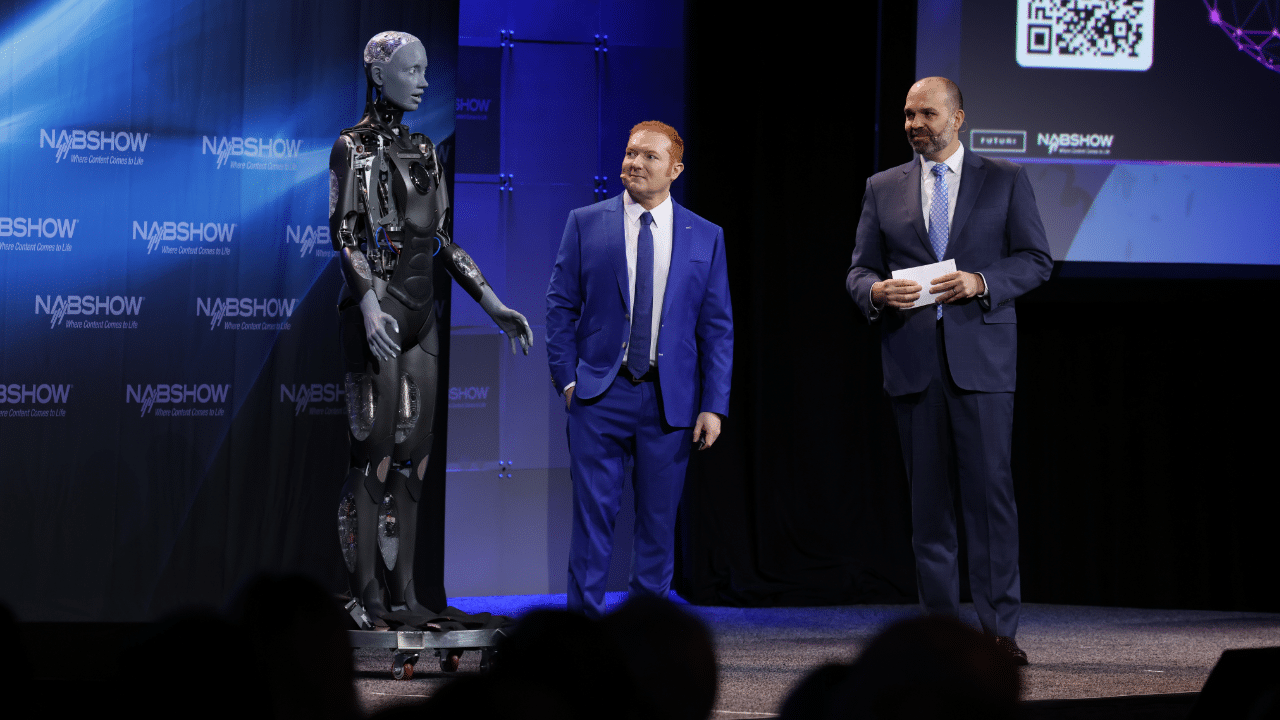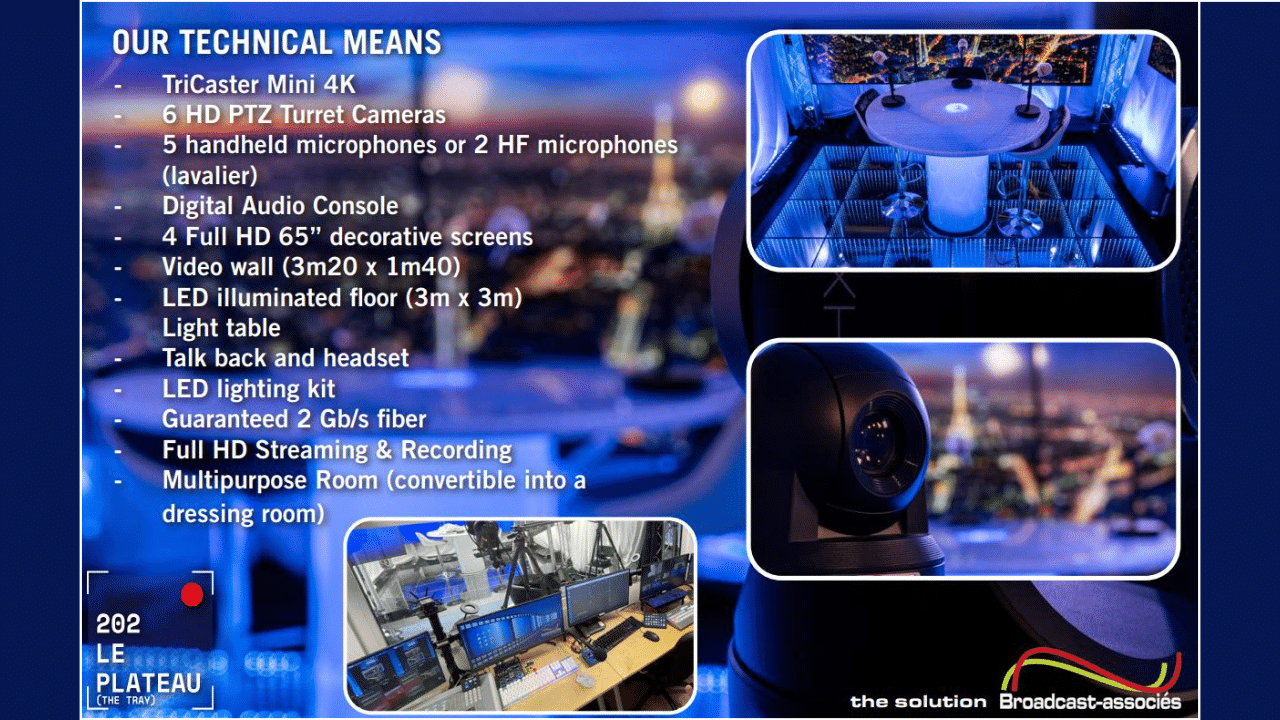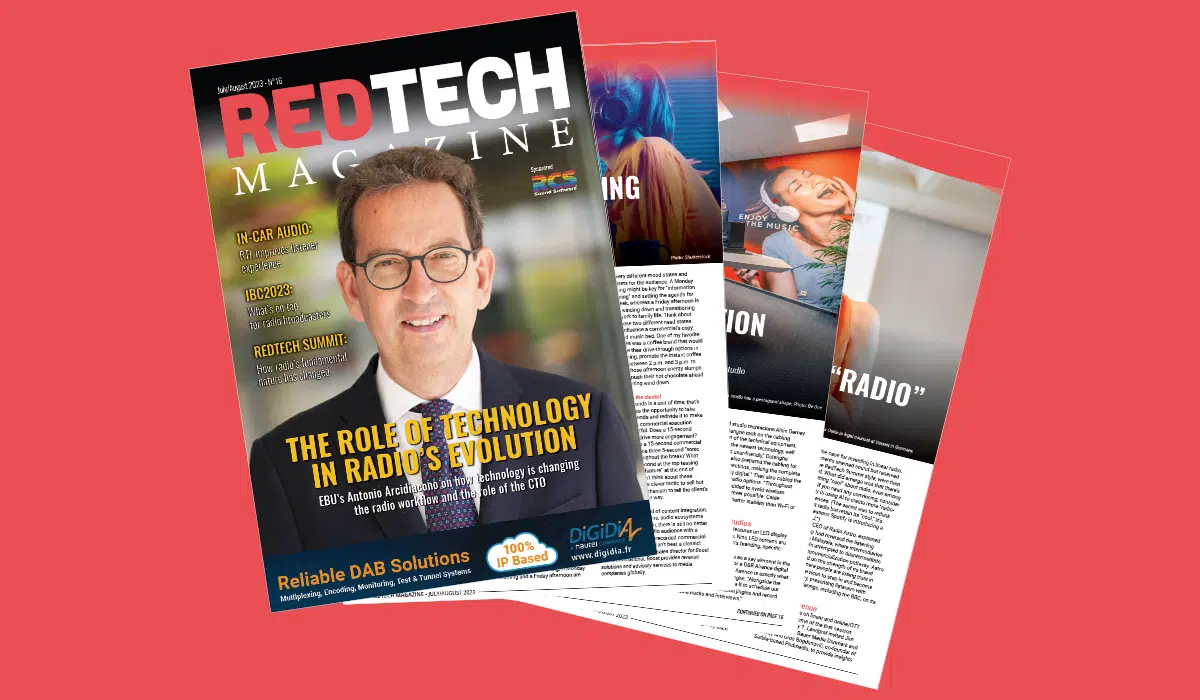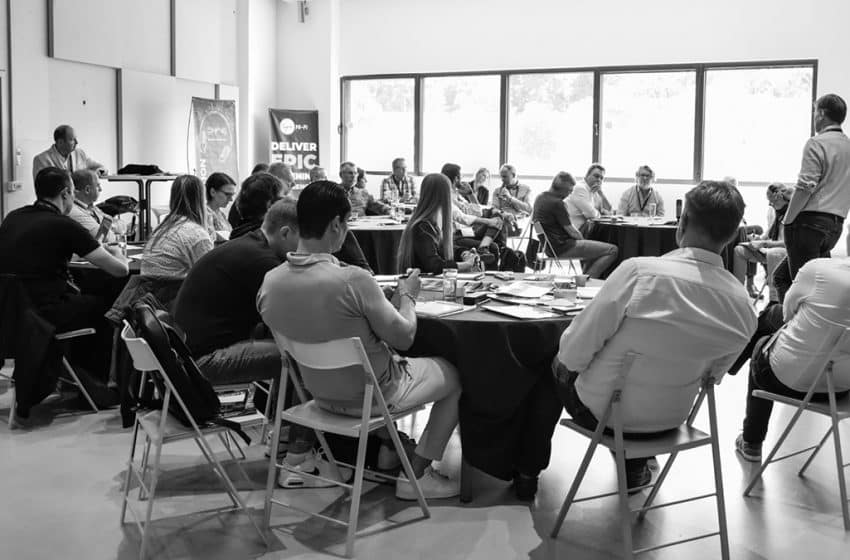
PARIS — When the inaugural RedTech Summit kicked off in Paris on June 2, those in the room looked around, knowing this would be different. There were no stages because there were no performances.
It was not a place for passing down wisdom and then moving on. This was a summit, and no one was going anywhere until they had confronted some of the industry’s most pressing challenges. These included what technology was going to shape the industry; radio’s use in the face of streaming superpowers; how to adapt; and importantly, where is the money going to come from?
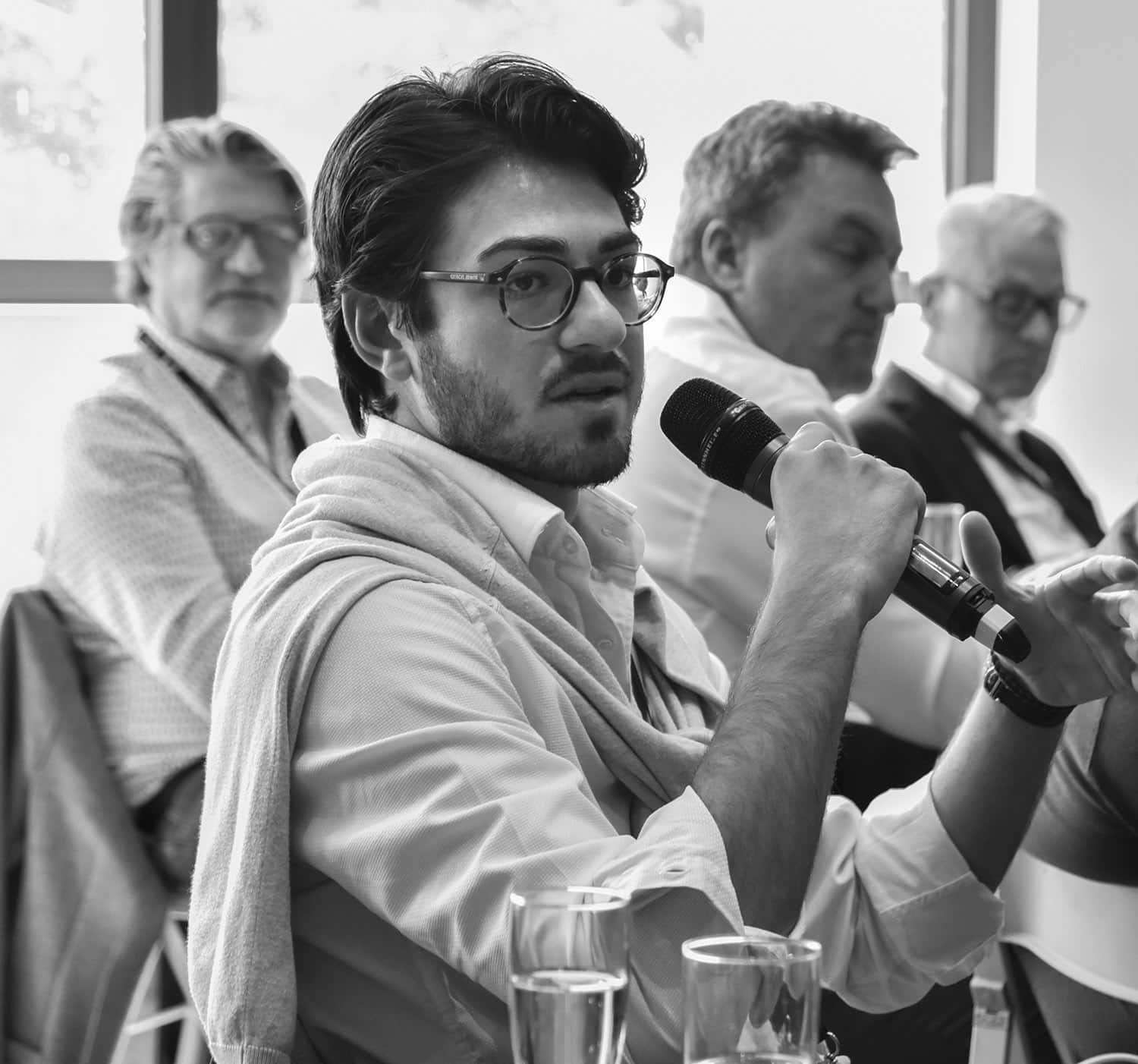
The room comprised CEOs and CTOs of radio, podcasting and audio companies, some of them competitors, all willing to cooperate and share insights and experiences. RedTech wanted diversity of opinion, so it invited representatives from Germany, India, Belgium, Canada, Morocco, Uganda, Poland, the Czech Republic, Germany, France, Sweden, Turkey, Dubai, Namibia, Austria, Switzerland and the United States.
The Summit included eight sessions over two days, guided by facilitators Steve Shultis, CTO of New York Public Radio; Christian Schalt of Germany’s RTL; the European Broadcast Union’s director of technology and Innovation, Antonio Arcidiacono; Veit Dengler of the Reuters Institute; and RedTech’s head of strategy, Omar Essack.
A state of transition
What emerged was the need to reimagine “radio” completely. Radio wasn’t dead, but the traditional model had done its time. Radio is now in a state of transition. “We’re no longer in the radio industry — we’re in the audio entertainment industry.” It was a simple statement, but summarized the fundamental shift in thinking.
A radio station’s most significant competition was not other stations; it was the growing number of streaming services that are continually innovating in the push to become more “radio-like” — “They’re coming for us.”
“We’re no longer in the radio industry — we’re in the audio entertainment industry.”
The secret to addressing this challenge lies in collaboration beyond traditional partnerships. Private and public broadcasters have a common threat and, therefore, a shared interest in working more closely. There is also little reason why radio stations shouldn’t partner with publishers and even social media. Radio stations and podcasters are complementary. In fact, a look into the near future shows a scenario where linear radio and podcasting eventually merge.
This should concern any station with music as the bedrock of its programming. That space is now the realm of streaming services. Music stations thus need to diversify. If they think they still wield influence with music companies, they should think again — music labels are looking at TikTok and listening to Spotify. Stations as audio entertainment companies must invest in technology and creatives, and encourage teams with diverse talents to work together. Creatives and tech should collaborate to define the direction of broadcast technology design, not compete for influence.
Radio is now visual

For a summit with tech as the central theme, it was sobering to acknowledge that no single tech will be radio’s savior. Instead, stations need to adapt to change with the focus on being audience-centric, but the “audiences” are not “consumers;” they are co-creators. Furthermore, stations need to look beyond audio tech. Radio is now visual. Studios need cameras, and in-car audio requires graphics.
Audio entertainment also needs new ideas, and for that, stations must look toward young people. But young people are not looking for careers in radio.
They are, however, attracted to opportunities in audio, especially digital audio content production, such as podcasting. And if a broadcaster is hoping to attract young talent, they must know young people will scrutinize a company’s culture before deciding to join. That culture must be inclusive and built from the bottom up, not dictated by the boardroom. As Abraham Thomas of India’s Reliance Broadcast Network put it, “Culture beats content.”
To that, all the participants agreed, and therein lay a thread that tied everyone together. The RedTech Summit delegates acknowledged that audio is booming because people are still listening — they are searching for a reason to connect. If there is growth, it is in digital audio. That is where those in the audio entertainment industry now need to focus and where “radio” stations, especially, have the edge on streaming services.

The biggest challenge facing today’s private and public broadcasters and audio content publishers is distribution and monetization. The dilemma: Do you control the digital content ecosystem and keep the content close at hand, or relinquish control and get it further afield through third-party applications? One thing was clear, though. If you create something amazing, people will pay for it.
At the outset of the Summit, Essack emphasized that RedTech was looking for real solutions, and those who attended delivered and received that, and more. At the close of the two days, the attendees stood and applauded the organizers, which was appreciated, but unnecessary. Inform, connect, exchange — it’s what RedTech does.













